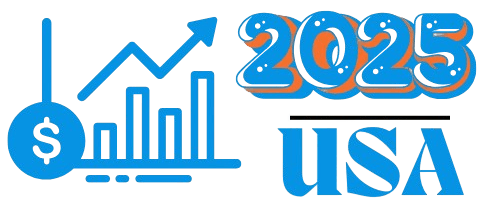Post Preview
Building a successful eCommerce presence requires more than just great products. To truly thrive, businesses must use effective digital strategies that boost visibility and authority. A key component is leveraging local link building services, which can drive traffic and increase trust among local consumers. These services help eCommerce players integrate organically into community searches, enhancing their appeal where it counts most.
Local link acquisition bridges online stores with their communities, fostering customer familiarity and loyalty. When eCommerce sites strategically optimize their content and engage with local online environments, they can better attract quality backlinks. This boosts search engine rankings and positions businesses as vital cogs within the local economic wheel.
Key Takeaways:
- Learn techniques for optimizing eCommerce content to attract local backlinks.
- Understand the importance of community involvement in link-building strategies.
- Examine ways to gauge the effectiveness of your local link-building initiatives.
- Discover potential challenges and strategies to overcome them in local SEO.
Table of Contents:
- Understanding the Value of Local Links in eCommerce
- Crafting Content that Attracts Local Links
- Engaging with the Community
- Measuring the Impact of Local Link Building
- Challenges in Local Link Building and How to Overcome Them
- Anticipating Future Trends in Local SEO
Understanding the Value of Local Links in eCommerce
For eCommerce businesses, the importance of local links cannot be overstated. By serving as recommendations from other regional organizations, these connections inform search engines that a website is reliable and pertinent to its area. By aligning with Google’s algorithms prioritizing local relevance, businesses can achieve higher placement in search results, directly impacting sales and customer engagement.
Moreover, local links provide direct traffic from other locally relevant websites, enhancing the likelihood of conversions. These collaborations are more than just digital transactions—they are about cultivating relationships with the digital community that extend beyond simply buying and selling. Understanding this value allows eCommerce ventures to align their marketing strategies with community-focused digital outreach.
Crafting Content that Attracts Local Links
At the heart of successful local link acquisition is rich, meaningful content. Building relationships with local bloggers, companies, and news websites can be sparked by content that offers real value and speaks to local interests. Consider incorporating locally-focused articles, case studies, and interviews showcasing your community involvement and impact. This local flavor enriches your content and makes it more likely that local sites will willingly share it.
A strategic approach is to create resources tailored to local audiences—perhaps comprehensive guides on using your products within the local context or features on local customer success stories. Such content can naturally encourage backlinks.
Engaging with the Community
Building valuable local links happens most effectively when there is genuine community involvement. ECommerce businesses can create touchpoints beyond the digital space by actively participating in local events, partnering with local organizations, or sponsoring community initiatives. These engagements naturally lead to mentions and link opportunities on community websites and platforms.
Engaging with the community facilitates link-building and enhances brand image and trust. For instance, participating in local charity events or sponsoring educational programs can significantly boost a business’s reputation. By doing so, businesses earn community goodwill and organically accrue valuable backlinks.
Measuring the Impact of Local Link Building
Effectively measuring the success of link-building efforts is crucial for understanding their impact and guiding future strategies. Platforms such as Google Analytics provide insights into traffic sources and the performance of acquired links. By tracking metrics like organic search growth, referral traffic, and conversion rates, businesses can assess the real-world impact of their link-building tactics.
Utilizing these analytics helps identify successful strategies and optimize efforts for better outcomes. The data collected offers actionable intelligence that can direct future campaigns, ensuring that resources are focused on areas with the greatest return potential.
Challenges in Local Link Building and How to Overcome Them
Despite its benefits, local link building presents challenges, such as difficulty identifying appropriate local partners and navigating the nuances of community engagement. Building trust and finding the right local influencers or partners can be time-consuming and requires perseverance and creativity.
To surmount these hurdles, businesses should thoroughly understand their target locality, including its needs and dynamics. Networking with local business groups and monitoring community developments can also open doors to new link-building opportunities. These proactive steps can transform challenges into stepping stones for increased local engagement.
Anticipating Future Trends in Local SEO
It is critical to remain ahead of trends as digital marketing develops further. With advancements in technologies like AI and voice search, the landscape of local SEO is expected to adapt. Businesses poised to leverage these emerging tools will likely enjoy a competitive advantage in local search results.
Keeping pace with technological developments ensures preparedness for shifts in local SEO. Fora and platforms dedicated to discussing digital advancements can be valuable resources for staying updated. Anticipating and integrating future trends into current strategies ensures businesses remain leaders in their field, consistently gaining local visibility and relevancy.










